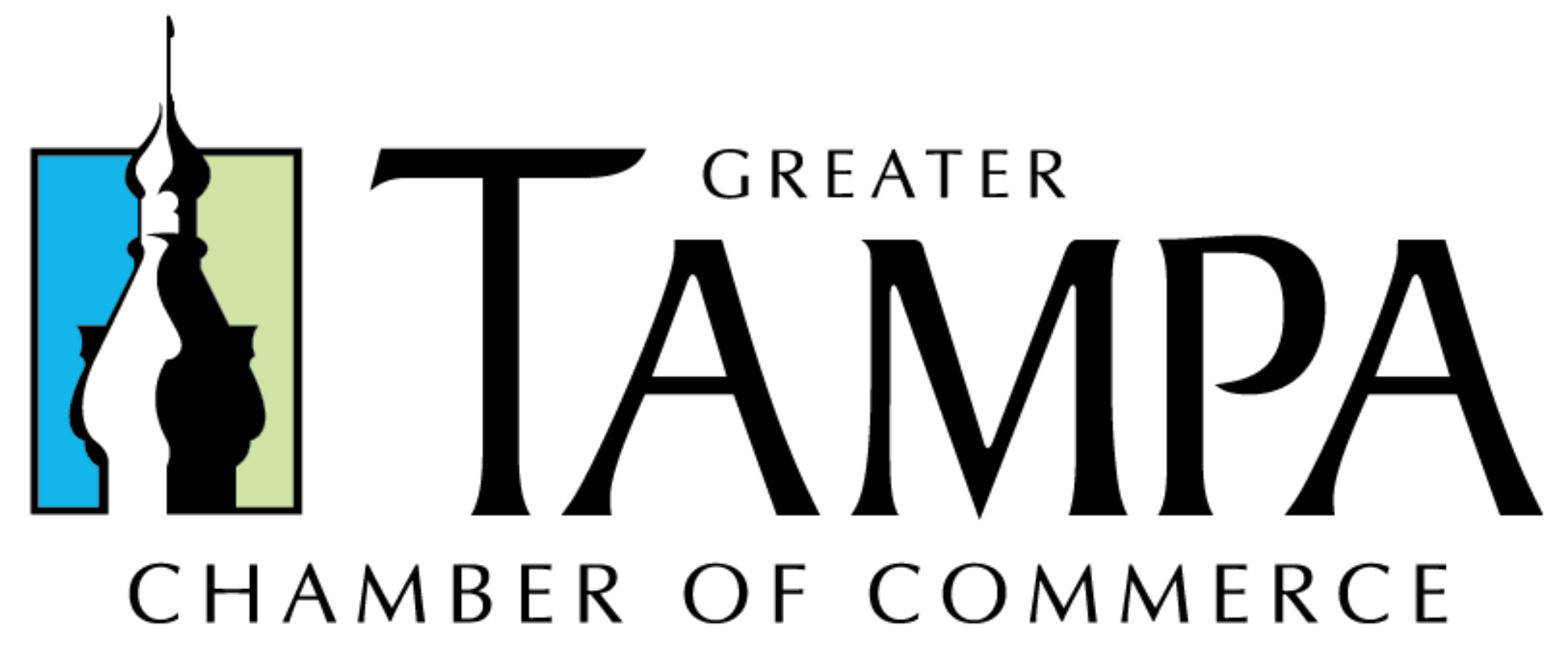Using Travel Incentives for Employee Performance Improvements
Reward programs have become a typical corporate approach to encouraging a team, department, or individuals to reach a determined objective. While these tools are used quite frequently, numerous organizations do not fully understand how a desirable reward such as travel incentives affects employee performance. A staff is motivated by both the offered trip and the recognition received for meeting a defined goal. Organizations utilizing this type of program have a better chance of remaining strong against their competition. Incentives help employees continue to be engaged, inspired, and feel valued. In return for the staff investment, a company is better able to retain their most skilled employees and maintain a productive work atmosphere.
What Components Serve as the Successful Foundation?
Trip award selection criteria must be based on desired business objectives in order to create a beneficial program. A package has to be clearly communicated in regards to how it can be earned, desired goals, and each individual’s progress. Events or videos should be considered to increase anticipation of the possible reward and a well-designed package boosts generated excitement. An enticing package will have these elements:
- Intriguing Destination
- Interactive Sessions
- Interesting Itinerary
- Detailed Record Keeping
- Clear Objectives
- Measurable
- Solid Promotional Plan
Managers perform all actions necessary to reinforce the company’s dedication to the incentives success. Record keeping allows the organization to track each person’s progress and contribution to company financial or productivity goals.
Planning is the Most Important Step
While the work behind planning a travel package can seem extensive, the supplied results are well worth the effort. A company must first sit down to determine what goals participants will work toward and the time frame of achievement. Time frames can range from a single month to an entire year depending on the objectives. Goals should remain on track with a single area of business or issue rather than be spaced across several departments or company problems. For example, an organization will have a higher rate of success if the objectives are based on increasing sales, morale, or individual performance rather than a mixture of these items. Once the foundation has been laid out, it is time to choose an intriguing destination for promoting the travel incentive employee performance program. This destination will need to be centered on the company background, set goals, and individual desires.
The itinerary will be more rewarding if it includes a charitable or business session event. This inclusion makes the approach justifiable to an organization while supplying a unique experience to awarded individuals or teams. It is common for planners in this scenario to focus on their own personal desires; however, the best approach is to evaluate certain background factors regarding the targeted individuals. The end prize should be centered on the demographic features of award winners and what drives them to work hard toward the goal. Any company deciding to use travel rewards to accomplish productivity, morale, or business specific objectives is capable of creating an effective program when time is taken to properly choose, plan out, and promote the offered incentive. Professional assistance is an option for improving the planning of such an award and ensuring satisfactory results.

